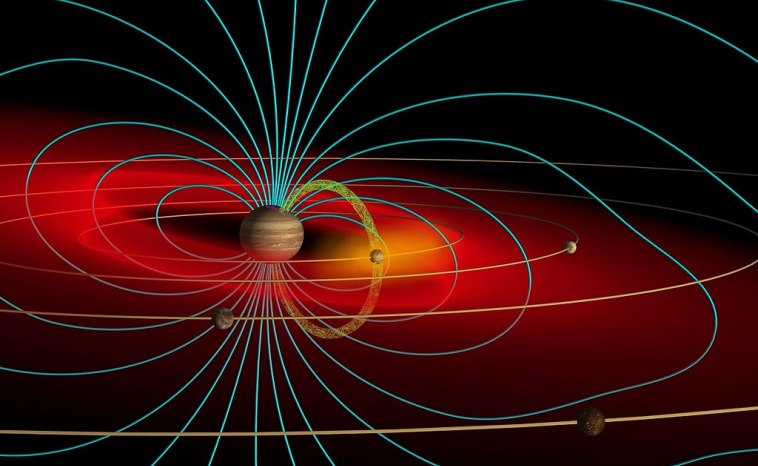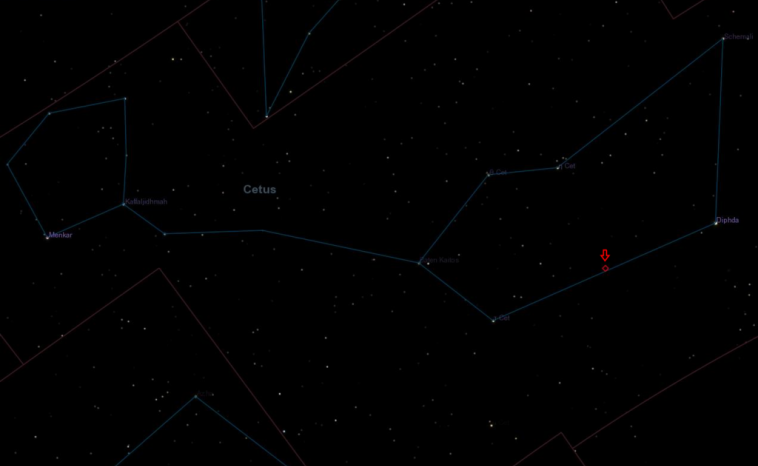What Does ‘Coherent’ Radio Signal From YZ Ceti b Mean for Exoplanet Habitability?

As astronomers continue to learn more about worlds beyond our solar system, a recent discovery might just have broken new ground on potentially habitable exoplanets. In this article, we’ll tell you everything you need to know about the latest from YZ Ceti b.
Since the first exoplanet discoveries in the 1990s, the search for worlds, and potentially life, beyond Earth has taken some massive steps. And thanks to the introduction of incredible new tools, such as the James Webb Space Telescope and the Allen Telescope Array, the rate of exoplanet discoveries is increasing, and we’re also learning increasingly detailed information about these alien worlds. A stumbling block has been confirming whether other worlds can possess magnetic fields as strong as that which surrounds Earth. But recent observations of one particular exoplanet, YZ Ceti b, could provide us with tantalising new details.
What Is YZ Ceti b?
YZ Ceti b is a small exoplanet that orbits YZ Ceti, an M-type star in the constellation Cetus. A red dwarf star, YZ Ceti is about 12 light years from our Sun and is noteworthy for its relative proximity to Tau Ceti, a main sequence star only 1.6 light years away.
Discovered in 2017, astronomers believe that YZ Ceti b is a rocky world with about 70% of the mass of Earth. It has an orbital period of around two days and is one of three exoplanets known to orbit YZ Ceti.
Radio Signals From YZ Ceti b
As outlined in a paper published in the Nature Astronomy journal, astronomers from the University of Colorado Boulder and Bucknell University noticed strong radio signals emanating from YZ Ceti and one of its orbiting exoplanets, YT Ceti b. After analysing these signals, which they observed using the Karl G. Jansky Very Large Array in New Mexico, the scientists believe that they indicate the presence of a magnetic field around the exoplanet.
If confirmed, discovering an exoplanet with a magnetic field could be a massive milestone in the search for habitable planets. Magnetic fields, such as that around Earth, protect a planet from atmospheric erosion caused by solar winds, a stream of charged particles emitted from the Sun. Not all planets have magnetic fields. In fact, of the four rocky worlds in our solar system, only Earth has a magnetosphere of any real note. So the discovery of a small, rocky exoplanet with a strong magnetic field could be huge.
“The search for potentially habitable or life-bearing worlds in other solar systems depends in part on being able to determine if rocky, Earth-like exoplanets actually have magnetic fields,” said Joe Pesce of the National Radio Astronomy Observatory. “This research shows not only that this particular rocky exoplanet likely has a magnetic field but provides a promising method to find more.”

The original uploader was Volcanopele at English Wikipedia., CC BY-SA 3.0, via Wikimedia Commons
The original uploader was Volcanopele at English Wikipedia., CC BY-SA 3.0, via Wikimedia CommonsIs YZ Ceti b Habitable?
While confirming a magnetic field around YZ Ceti b would have significant ramifications in the hunt for habitable worlds, this particular exoplanet won’t be one of them. With an orbital period of just two days, the exoplanet orbits far too close to its host star, meaning it cannot retain liquid water on its surface and is prone to high temperatures and stellar radiation. Still, the lessons that astronomers take away from YZ Ceti b could prove to be an invaluable tool when examining other potentially habitable exoplanets.
OSR Star Finder
While astronomers learn more about exoplanets orbiting the stars of the Milky Way, you can explore the stars and constellations themselves using the OSR Star Finder app. Simply download the app to your iOS or Android device and use it to explore the galaxy or locate your own named star.


